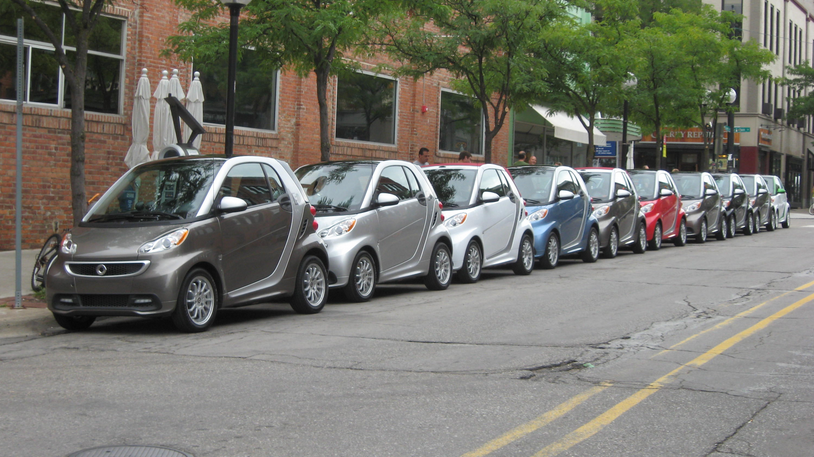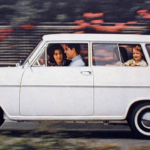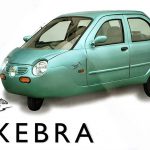
In an automotive world where many vehicles look too much alike, the Smart ForTwo stands out. Like a baby shoe surrounded by sneakers, wingtips, and cowboy boots, the Smart’s diminutive size almost always elicits a smile. But just like that baby shoe, it really doesn’t fit the needs of most American buyers.
Smart ForTwo Electric Drive
Furthermore, the Smart ForTwo, which arrived on these shores in 2009, was not without its dynamic faults. Principle among these were a jerky automated-manual transmission, underpowered engine, and buckboard ride. As such, it was often passed over even by those whose needs it fit.
While electric cars have their own limitations, electrifying the Smart actually broadens its appeal. The rear-mounted electric motor drives the rear wheels through a single-speed transmission, so the jerkiness suffered by its gas-powered sibling is completely gone; the Electric Drive accelerates from a dead stop to its claimed 78-mph top speed with linear smoothness, and since there is no transmission “kickdown” required for passing sprints, those, too, are accomplished much more smoothly.
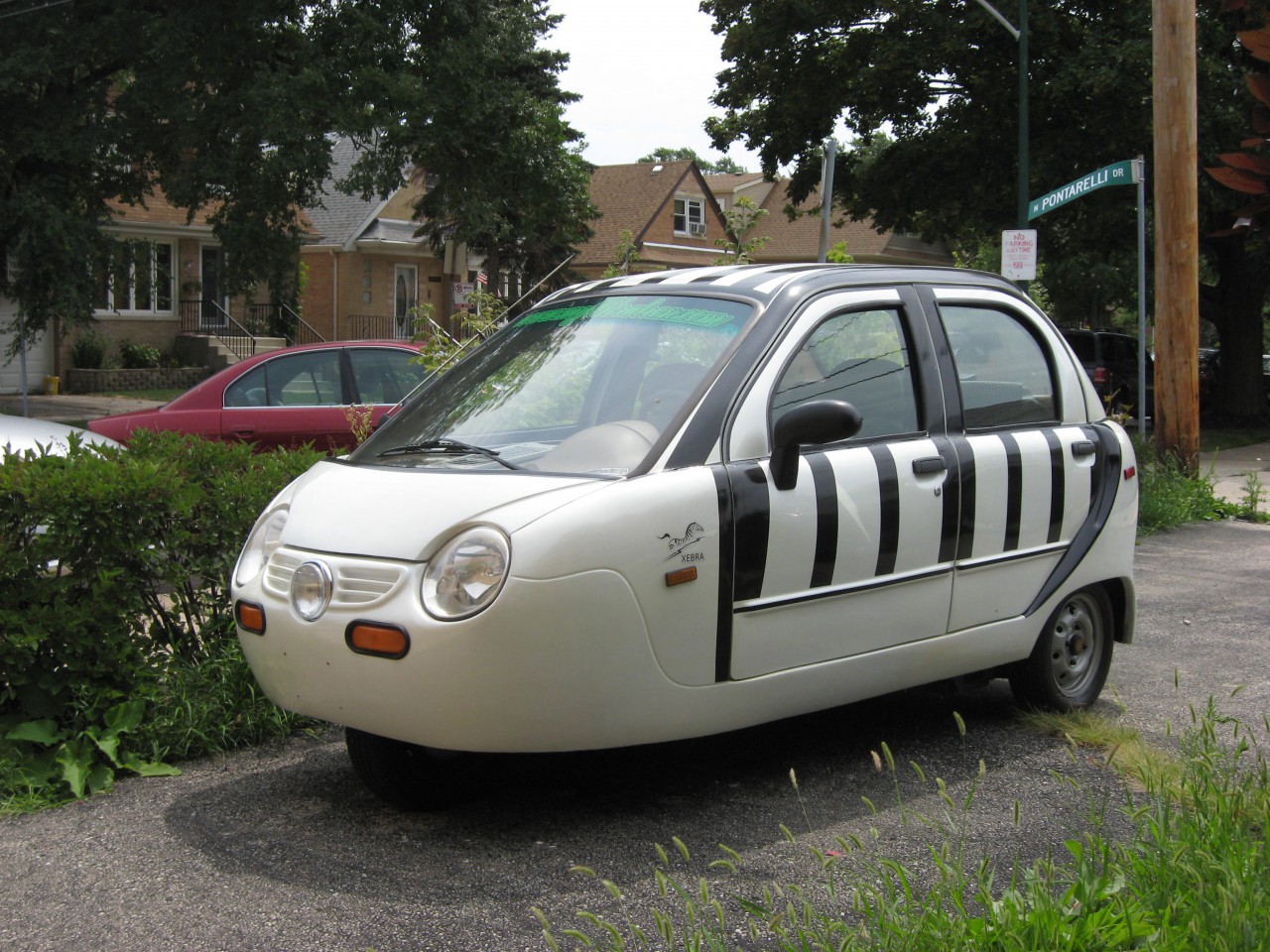
Also more quickly. Smart claims the 0-60-mph sprint can be covered in 11.5 seconds vs. 12.7 for the gas model, and acceleration from speed is likewise stronger. Granted, 11.5 seconds is hardly impressive in today’s light, but the ForTwo Electric Drive gets a good full-throttle jump from a stop and provides decent passing punch. In short, it never feels “slow” or underpowered.
Then there’s the ride. The gas model’s short wheelbase and stiff springs (probably necessary to keep the tall, narrow vehicle from tipping in turns) make for a jolting, hoppy ride over even minor pavement imperfections. And you really don’t want to hit an honest-to-goodness pothole. While the Electric Drive still suffers a bit of hop and fore-aft pitching over bumps, it’s worlds smoother than the gas model, and overall, quite livable. Much of the improvement is probably due to the rather considerable weight of the battery being under the floor, where it not only adds needed mass, but also lowers the car’s center of gravity. That aids handling—which is really quite sporty feeling—and reduces the need for stiff springs to prevent tipping.
One other advantage of the electric powertrain is lower overall noise levels. Because the gas engine doesn’t provide a lot of power, it is often taxed just keeping up with traffic, and is quite vocal in its unhappiness. Furthermore, unlike most engines, it is often heard even when cruising. By contrast, the electric motor produces little more than a muted whine, even under full throttle.
In virtually all other respects, the Electric Drive is exactly like the gas version–for better or worse. It has the same 2-passenger capacity, limited but usefully cubic space behind the seats for cargo, and a moderate amount of interior storage (though most is in open bins, and thus not out of sight). It’s also offered in coupe and convertible models, making it the only electric car offered with a convertible top.
Although the Smart is tiny, to be sure, it really doesn’t overwhelm you with that impression once you’re behind the wheel. In fact, the Electric Drive version is quite fun to drive, and feels stable even at highway speeds. (That impression changed in gas versions in a stiff crosswind, though the electric should feel better due to the aforementioned lower center of gravity). Also, Smart quotes a top speed of “more than 78 mph.” After flooring the throttle on a deserted country road, our test car was still accelerating as the needle swept past 80 (Shhh … don’t tell the feds), so that claim seems, if anything, conservative.
Test Drive: 2017 Chevrolet Bolt EV Premier
Two major considerations of electric cars are their range and recharge times. Compared to other current low-cost electric cars, the ForTwo Electric Drive is about average in the first and not quite up to par in the second. The EPA-estimated range is 76 miles in city driving. Our test loop covered 31 miles, and that consumed about 40% of the battery power according to the dash-top gauge. Since the throttle pedal was in intimate contact with the floorboard on numerous occasions, I was not exactly dawdling on some back-country roads, and the air conditioning was on the whole trip —all of which eat up a lot of power—the range estimate seems reasonable. Speaking of EPA estimates, the ForTwo Electric Drive has a 107 MPGe (miles per gallon equivalent) combined city/highway rating, which isn’t tops among electrics, but it’s certainly respectable.
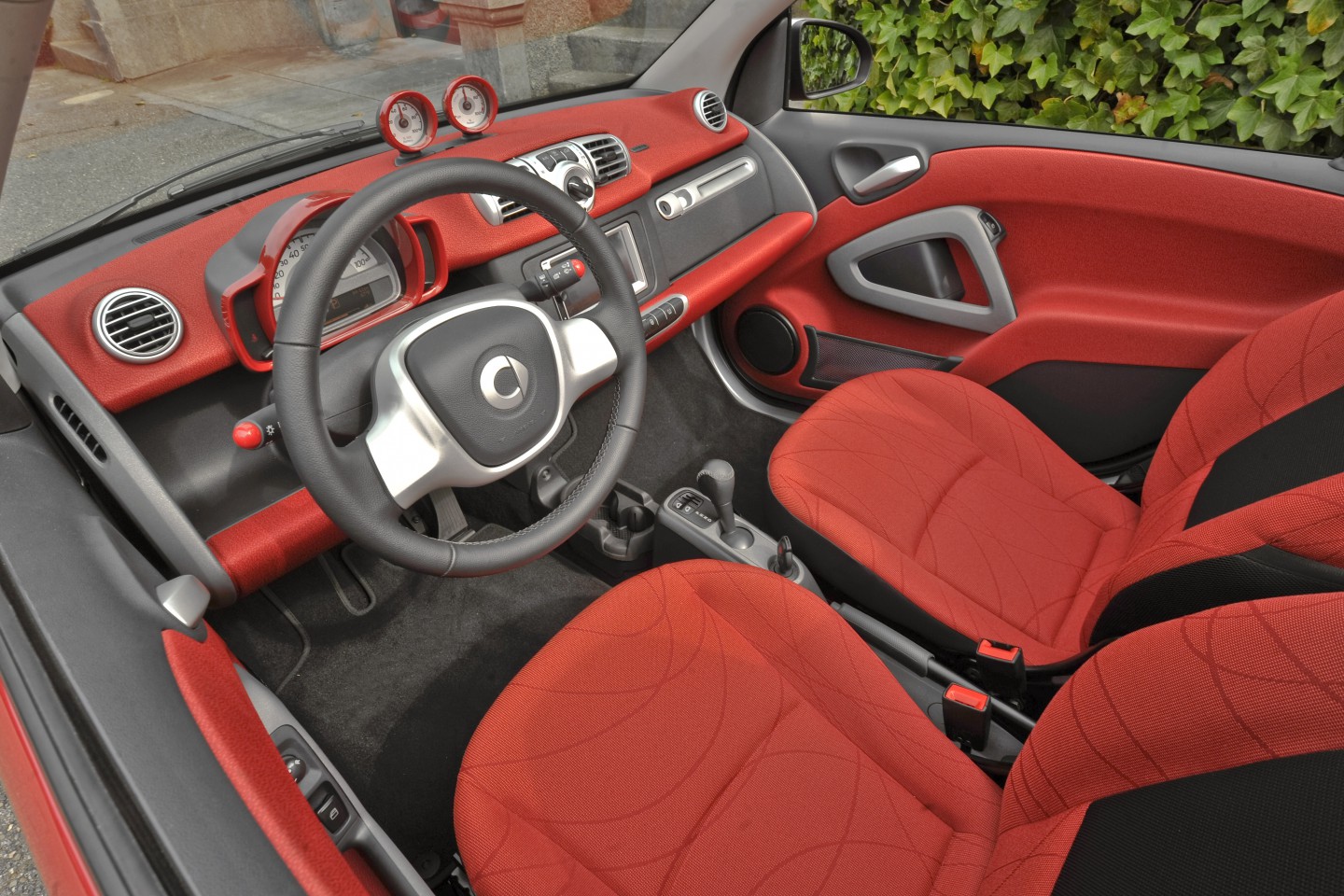
Smart says the car’s 17.6 kilowatt-hour battery can be recharged from “empty” in about 14 hours with a 120-volt Level 1 charger, or about 6 hours on a 240-volt Level 2 charger. The first figure is actually quite good, largely because the car’s battery is smaller than most. But the second is somewhat longer than on rivals that have a larger battery, but a more powerful on-board charger. Furthermore, there’s no Level 3 charging capability, which in cars that have it, can recharge the battery to 80% of capacity in about half an hour or less. And most electric cars offer Level 3 capability, at least as an option.
It’s worth noting that the 2013 edition of the Smart ForTwo Electric Drive is actually the second generation of the car to be sold in the U.S. The first arrived for 2011 with a shorter driving range and less-powerful motor, and the 250 that were brought here were only available in a few states, and only on a rather expensive three-year lease. By contrast, the 2013 version—which is already on sale in some states– is expected to be available in all states by the end of the year, and it is currently the least-expensive electric car sold by a major manufacturer in this country.
Although the base price of the 2013 Smart ForTwo Electric Drive is set at $25,750 including destination, there’s another way to get one. In what’s currently a unique buy/lease arrangement (though Nissan may soon be offering something similar for its electric Leaf), the car can be purchased for $20,650 (including destination), with the battery being leased for $80 a month. A little quick math reveals that the costs would be equal after about five years, after which someone on the buy/lease program would continue to shell out $80 per month for the battery. However, the lease program (called Battery Assurance Plus) is somewhat of an insurance policy on the battery. While the warranty on the car is 4 years/50,000 miles—and if you ”purchase” the battery, its warranty expires at that time—the warranty on the leased battery goes to 10 years. If at any time it drops below 80% of new capacity, you get a new battery. Smart says that about 170 ForTwo Electric Drives have been sold already, and that 80% of buyers chose the battery lease plan. Note that prices quoted above do not include the $7500 federal tax credit, and that some states offer further incentives. Illinois, for instance, offers a country-leading $4000 tax credit, which means Illinoisans who qualify for all the credits can get a Smart ForTwo Electric Drive on the buy/lease program for $9150 plus $80 per month for the battery.
Any ForTwo offers unparalleled maneuverability and parking ease, making it the darling of the inner-city set. But the new Electric Drive version adds low-cost operation and driving fun to the equation, which just may make it the smarter Smart.
Living With an Electric Car: Our Year With the Kia Soul EV
Smart ForTwo Electric Drive
Smart ForTwo Electric Drive

